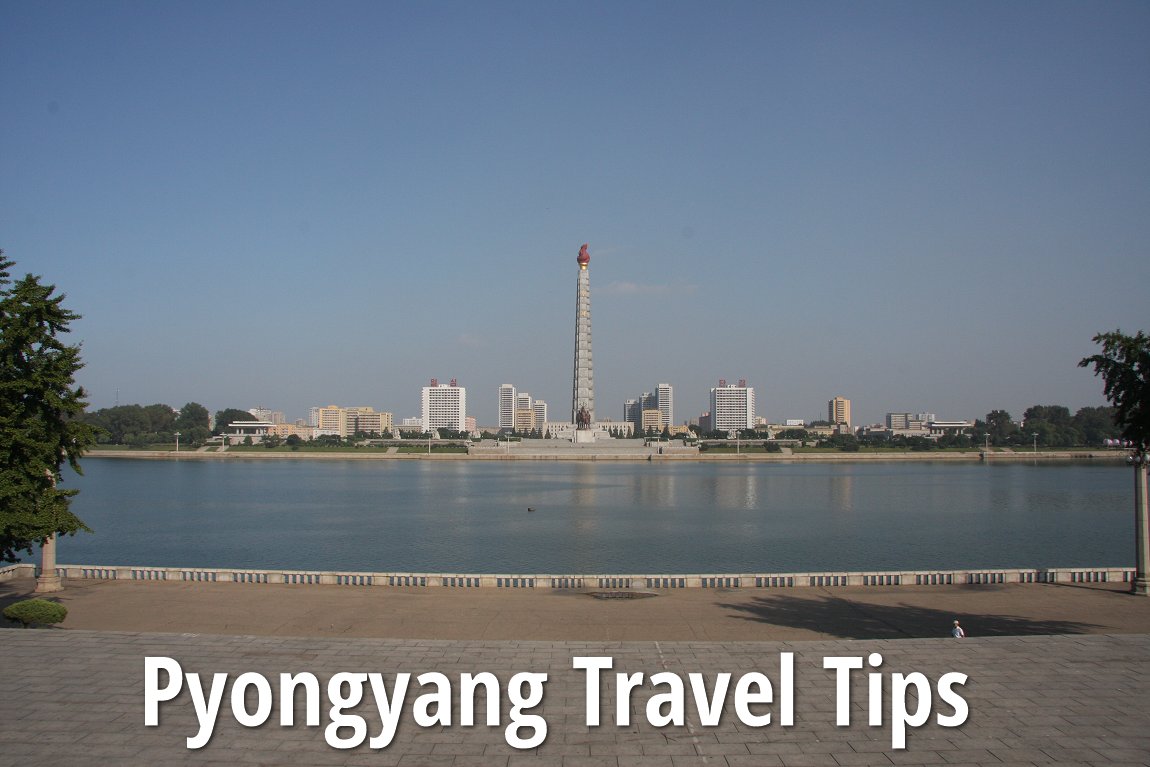 View of Pyongyang from Kim Il-Sung Square across Taedong River towards Juche Tower.
View of Pyongyang from Kim Il-Sung Square across Taedong River towards Juche Tower.Source: https://commons.wikimedia.org/wiki/
File:Taedong_River,_Pyongyang.jpg
Author: Mark Scott Johnson

File:Taedong_River,_Pyongyang.jpg
Author: Mark Scott Johnson

Pyongyang (Korean: 평양) is the capital and biggest city in North Korea. Located on the Taedong River, it spans over 3,194 sq km (1,233 sq mi) and has a population of 3 million people (2012 estimate).
Archaeological excavations suggest that human civilization in Pyongyang began around 1122 BC. This is based on discove3ry of pottery from the Chŭlmun and Mumun periods. It had become a city by 108 BC, following the Gojoseon-Han war, when it broke away from the Kingdom of Gojoseon. In AD 313, it became the capital of the Nanglang kingdom. The name Pyongyang is said to have originated around AD 427, when Goguryeo moved its capital there; it means "level land" in their language.
During the 19th century Pyongyang had the largest Christian population in Korea. This is due largely to Protestant missionary efforts that result in the building of over a hundred churches in the city. In 1945, the Soviet Army entered Pyongyang and set up the temporary capital of Provisional People's Committee for North Korea. When the Democratic People's Republic of Korea was established in 1948, Pyongyang became its de facto capital, although at that time, the intention was to capture Seoul, the official capital of Korea.
Pyongyang was severely devastated during the Korean War. After the war, it was reconstructed on Soviet funding, and its buildings bear the distinct Socialist architectural style. Parks and broad boulevards were built along with numerous high-rise apartments. It remains the political, economic and transport hub for North Korea today.
Most visitors come to Pyongyang out of sheer curiosity. The only way to enter Pyongyang (and the rest of North Korea) is by package tour. Expect your freedom of movement to be restricted on your trip here. You have to be accompanied by an accredited guide at all times when you venture outside your hotel.
Visiting Pyongyang
Sunan International Airport (FNJ) is the airport serving Pyongyang. The Pyongyang Metro is the world's deepest subway system, at 110 meters. The deco is done in the Socialist style.Sights & Attractions to visit in Pyongyang
- Arch of Reunification
- Arch of Triumph
- Chollima Statue
- Juche Tower
- Korean Revolution Museum
- Korean War Museum
- Kumsusan Memorial Palace
- Mangyongdae Children's Palace
- Mansudae Grand Monument
- Monument to the Founding of the Worker's Party
- Monument to the Victorious Fatherland Liberation War
- Tomb of King Tongmyong
 Latest updates on Penang Travel Tips
Latest updates on Penang Travel Tips
 Map of Roads in Penang
Map of Roads in Penang
Looking for information on Penang? Use this Map of Roads in Penang to zoom in on information about Penang, brought to you road by road.
Copyright © 2003-2025 Timothy Tye. All Rights Reserved.

 Go Back
Go Back